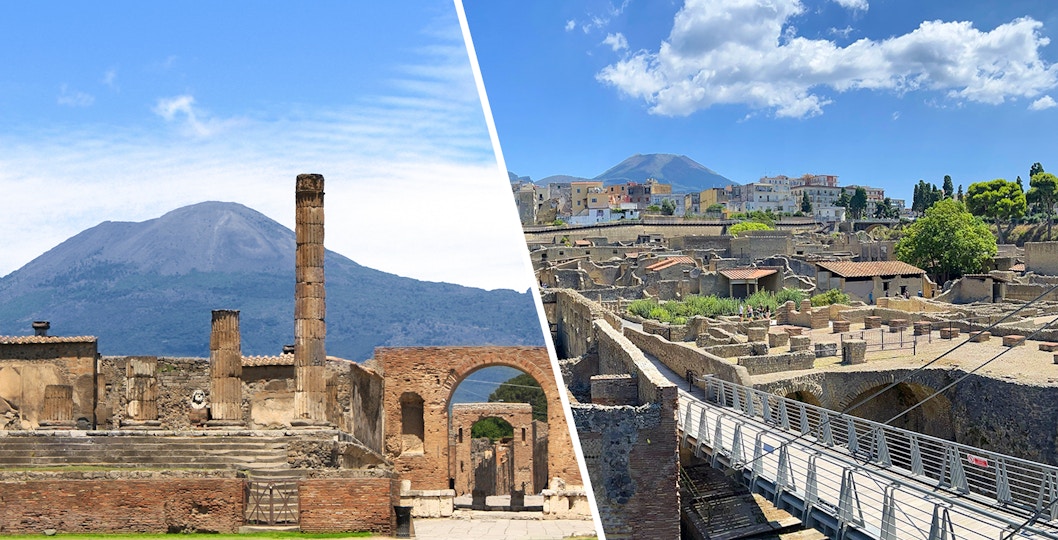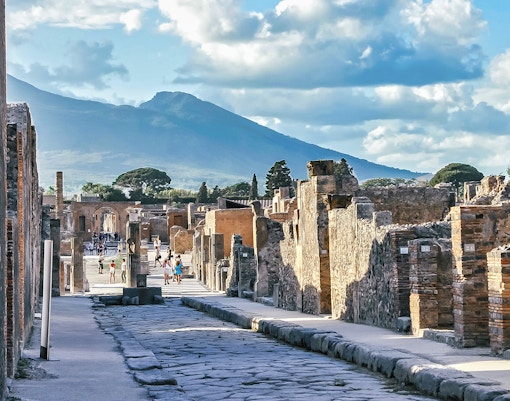Both archaeological sites are located close to each other, making it easy to explore both in one day without the hassle of long travel times.

| Feature | Separate tickets | Combo tours |
|---|---|---|
Cost | Pompeii entry from €18; Herculaneum from €13 | Combo tickets from €25 |
Availability | Individual tickets can sell out during peak seasons. | Combo tickets are often available, even last minute. |
Timeslots | Timed entry required for both sites. | Pre-arranged time slots ensure guaranteed entry to both. |
Convenience | Multiple bookings required for each site. | One booking covers both attractions. |
Flexibility | Separate tickets allow for individual timing. | Fixed sequence or flexible timing options available. |
Best for | Independent travelers who prefer flexibility. | Visitors wanting to maximize their experience in one day. |


You can visit both separately, but a combo ticket offers better value and convenience.
Yes, combo tickets are typically valid for same-day visits to both sites.
Plan for at least 30-45 minutes to travel between the two sites, plus time for exploration.
Book your tickets in advance and consider visiting early in the morning or later in the afternoon.
Most providers will offer rescheduling or refunds if weather conditions affect your visit.
Food and drinks are generally not allowed inside the archaeological sites, but there are cafes nearby.
Pompeii has some accessibility options, while Herculaneum is more accommodating with ramps and elevators.
Contrast the epic scale of Pompeii with the rich, close-up details of Herculaneum with one easy, skip-the-line combo ticket.
Inclusions
Skip-the-line entry to Pompeii
Skip-the-line entry to Herculaneum
Exclusions
What to bring
What’s not allowed
Accessibility
Additional information Herculaneum
Pompeii